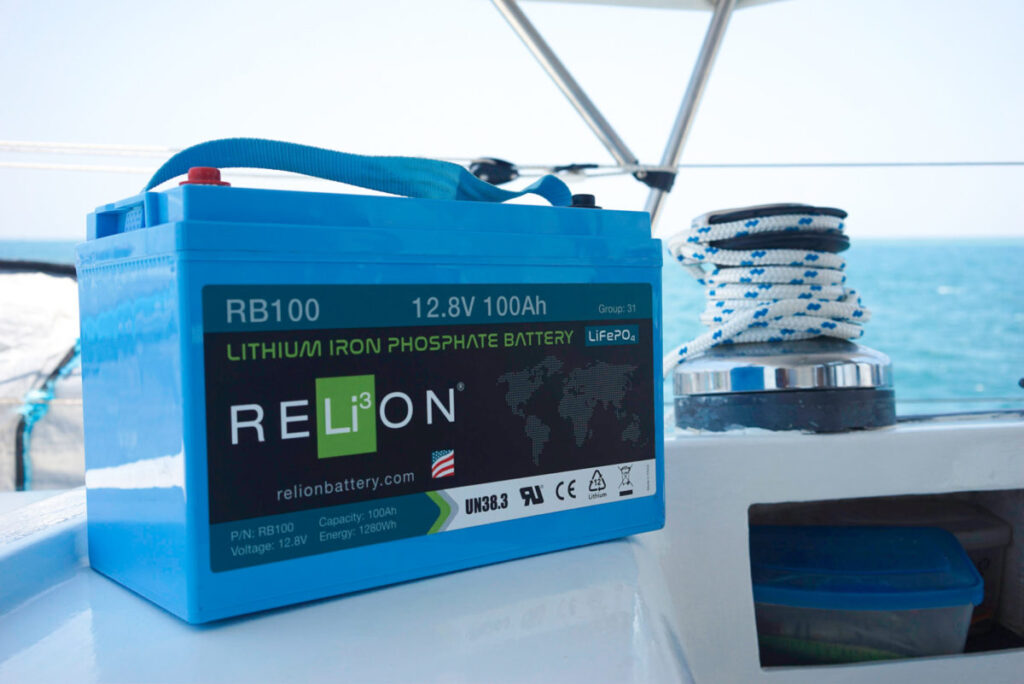Lithium Ion Marine Batteries are still the Best Choice For Your Boat In 2021
Obviously, you’ll use a generator and solar power is a great way to save money and be kinder to the environment. But regardless of the method you use, you’ll need a place to store that power.
For that, you’ll need a battery.
Some people steer away from using lithium marine batteries because of that scary price tag. But don’t let that number scare you away. There are so many benefits of lithium batteries — many of which actually lower the cost over time.
Let’s take a look at the top benefits of choosing lithium marine batteries for your boat.
1. More Usable Amp-Hours
Both AGM and lead-acid batteries should be discharged no more than 50%. Thus, even if you have a battery bank that provides 345 amp-hours, you can only use 172 of them before needing to recharge.
Lithium batteries can be 100% discharged. To promote a longer lifespan, it’s a good idea to only discharge them to 80%. Even then, a 300 amp-hour battery bank will still provide you with 240 usable amp-hours — significantly more than the other types of batteries.
2. Life Expectancy
The life expectancy of lithium batteries is quite impressive. When discharging them to 80%, you can expect them to last more than 2,000 cycles.
AGM batteries can only be expected to last about 1,000 cycles. Plus, you have to be diligent about not draining them more than 50% to keep them in tip-top shape.
3. Weight
You already know how important weight is on a boat. A heavier boat means burning more fuel to get where you’re going. Plus, a boat that’s too heavy isn’t safe.
Lithium marine batteries are a great choice when you’re concerned about your boat’s weight. Lithium batteries weigh about half as much as lead-acid batteries and about a third less than AGM batteries.
This weight savings doesn’t even take into account the difference in usable amp-hours and life expectancy. You’ll require fewer lithium batteries to get the same number of usable amp-hours.
This means that not only are lithium batteries smaller and lighter, but also you’ll need fewer of them to perform the same job. The savings in weight (and space!) just keeps adding up
